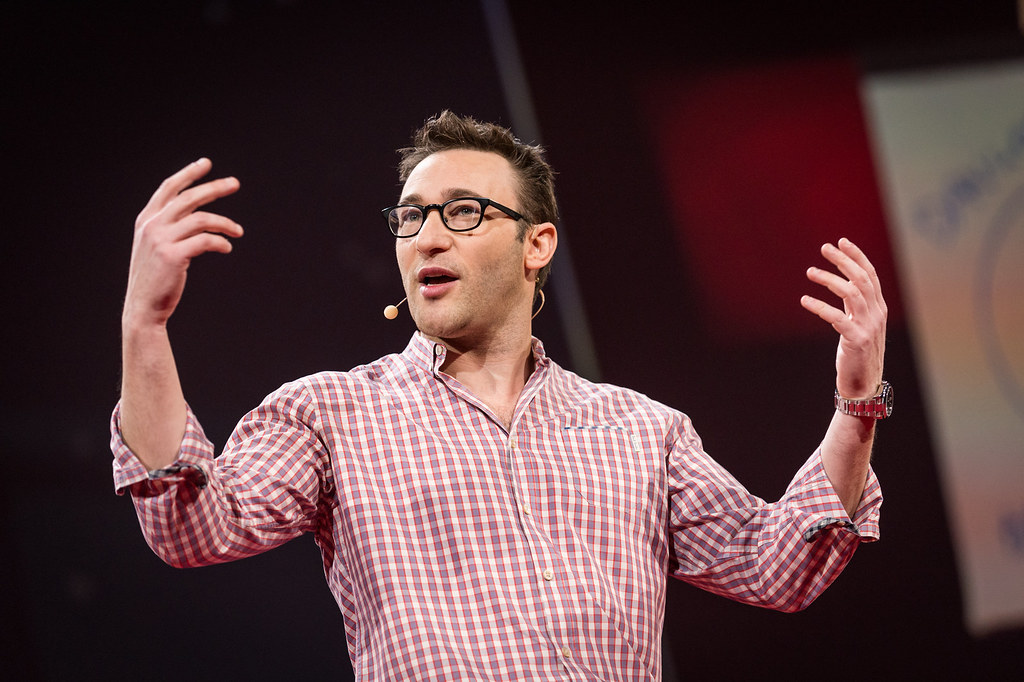The post-pandemic era is anything but a return to normalcy. New work habits have formed, including the trend of employees only showing up at the office a few days a week. In this context, in-person lunchtime inevitably takes on a different role. Annie Boilard, President of the Annie RH Network, suggests turning it into a lever to bring employees back to the office.
Recently, Annie Boilard noticed a change in the way workers perceive lunchtime. According to her, some feel both “nostalgic” and disconnected from the camaraderie that existed in the pre-pandemic era of full in-person work. Meanwhile, others, who used to eat alone, now take every opportunity to socialize during lunch.
“I see people who, before the pandemic, would eat their sandwich in front of their computer and who now take the time to eat with their colleagues when they are at the office,” she notes.
The HR consultant sees this as an opportunity for employers.
On one hand, there are still many people who resist the idea of working in the office. Employers are still searching for strategies to give meaning to these in-person workdays. Having a good time during lunch is a way to bring people in-person, to make them eager to come to the office. It’s a lever not to be overlooked.”
No formal invitation needed
There are numerous virtues for a manager: it allows them to gauge the mood and mindset of their team. Additionally, for team members, it’s a chance to get to know each other and develop bonds through topics not necessarily related to work.
As a team manager, a mistake to avoid would be eating at your computer. It sends the wrong message. People will be less inclined to gather.”
No formal invitation is needed, the consultant emphasizes. The idea is to create an opportunity. The manager can simply announce that they will be in the cafeteria at lunchtime and invite their colleagues.
During this break hour, one can simply chat or organize an activity; some teams decide to use part of the time for exercise, often a walk outside. Others engage in a relaxing activity, such as yoga. Some may play cards or board games. And, of course, activities can be rotated; there’s no need to have an unchanging lunch tradition,” explains Annie Boilard.
The decision to join the group or not is up to each individual. And this decision must be respected, the consultant insists. Some people will choose to participate in lunch “occasionally,” and that’s perfectly fine.
Lunchtime meetings open the door to meaningful discussions, concludes the consultant. It may eventually convince some people that returning to the office is worthwhile after all!”




